A tiny battery built into smart contact lenses produces its own power through eye blinking, relying on tears and oxygen to power its cells.
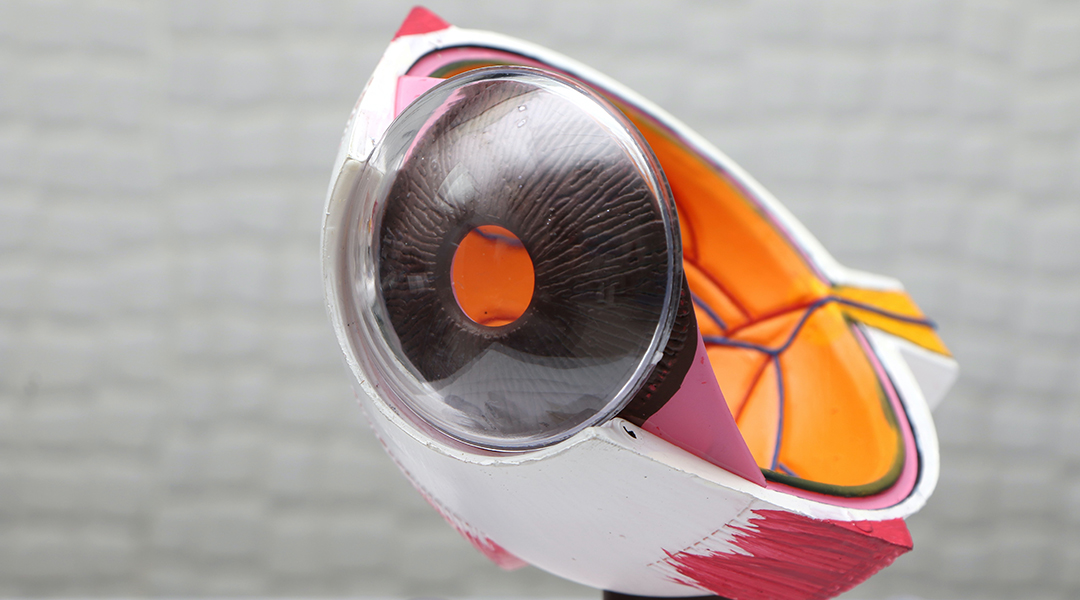

A tiny battery built into smart contact lenses produces its own power through eye blinking, relying on tears and oxygen to power its cells.

Swimming cellbots capable of autonomous motion and drug encapsulation can deliver their payload at desired sites.

Researchers demonstrate learning behaviour in a solid-state device that is entirely controlled by electrical stimuli.
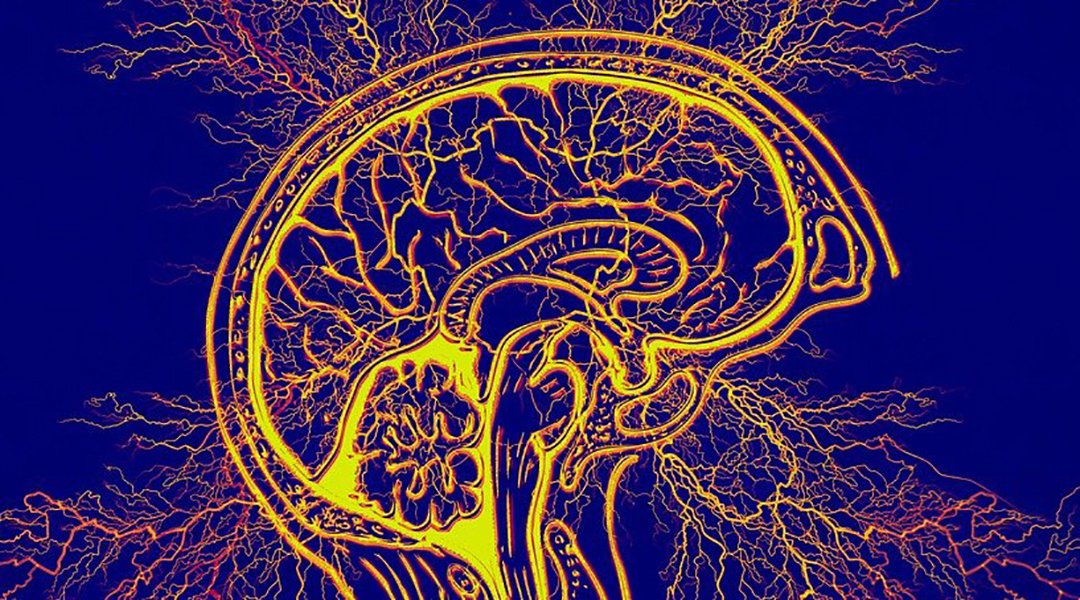
Early results for an anti-seizure drug administered as a nasal spray show a more targeted approach to helping get seizures under control.
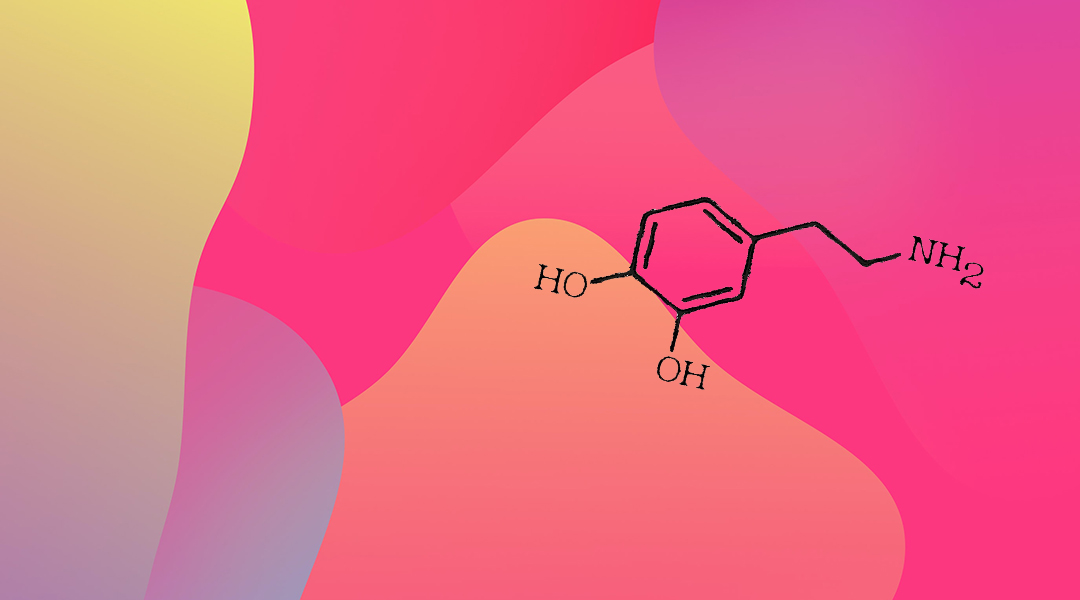
Dopamine might play a more complex role than was previously assumed when it comes to learning and reward association.
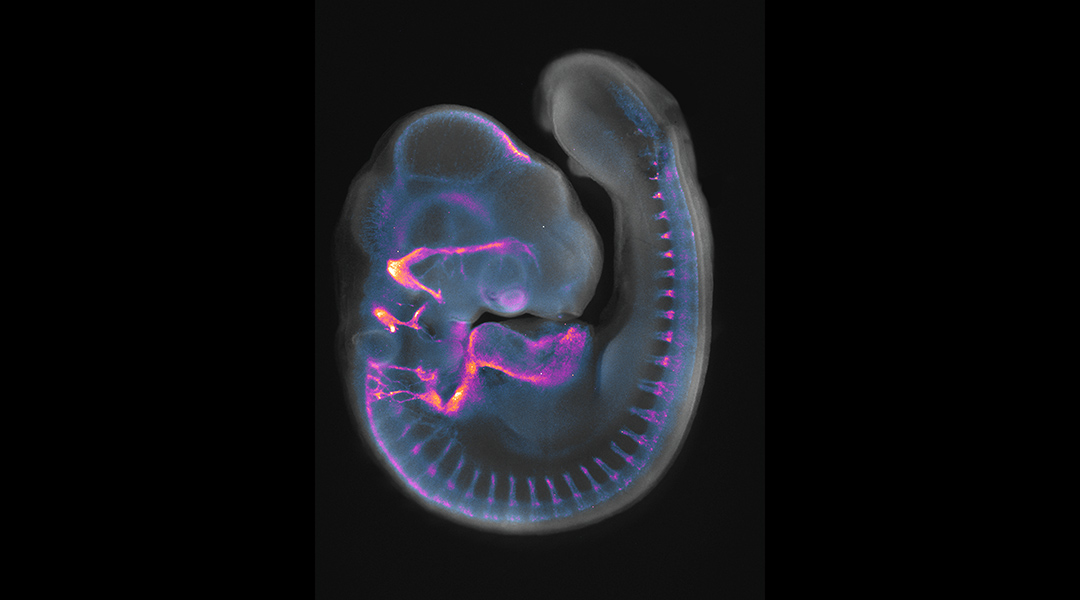
It turns out that a single factor is responsible for ear cell development, which could one day be used to treat disease and malformations.
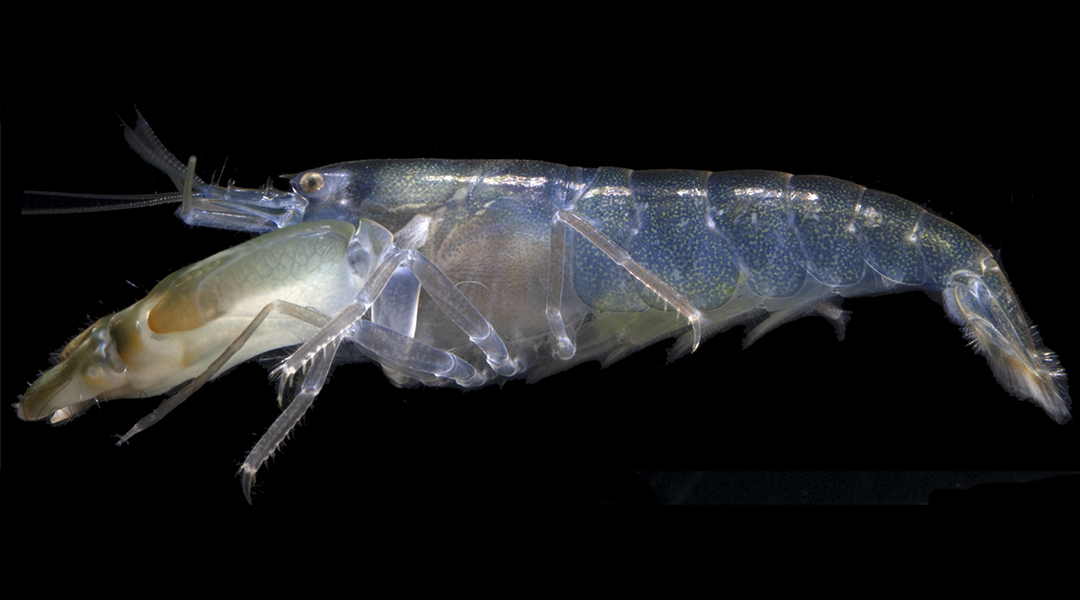
A natural orbital hood found in snapping shrimp deflects energy from shock waves they produce to kill prey and fight for territory.

A new smart pillowcase not only tracks sleep but is powered by head movement, providing a more accurate means of monitoring sleep cycles.
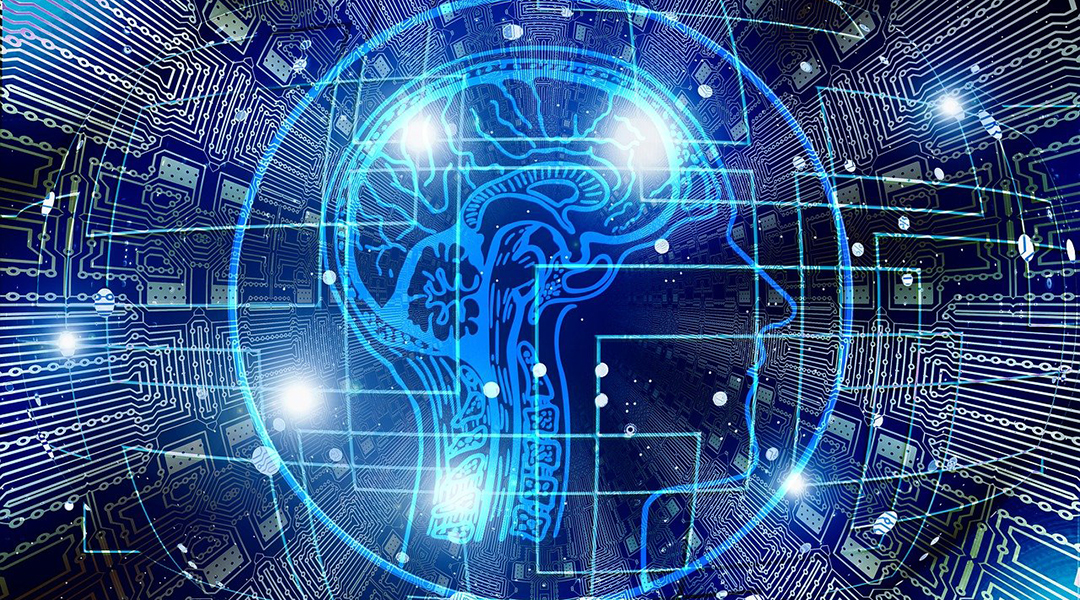
As machine learning gets better at deciphering our brain activity, the possible uses and misuses of this technology come into focus.

A new electrochemical device produces high purity oxygen in situ, and researchers hope it might help curb the oxygen supply shortage.